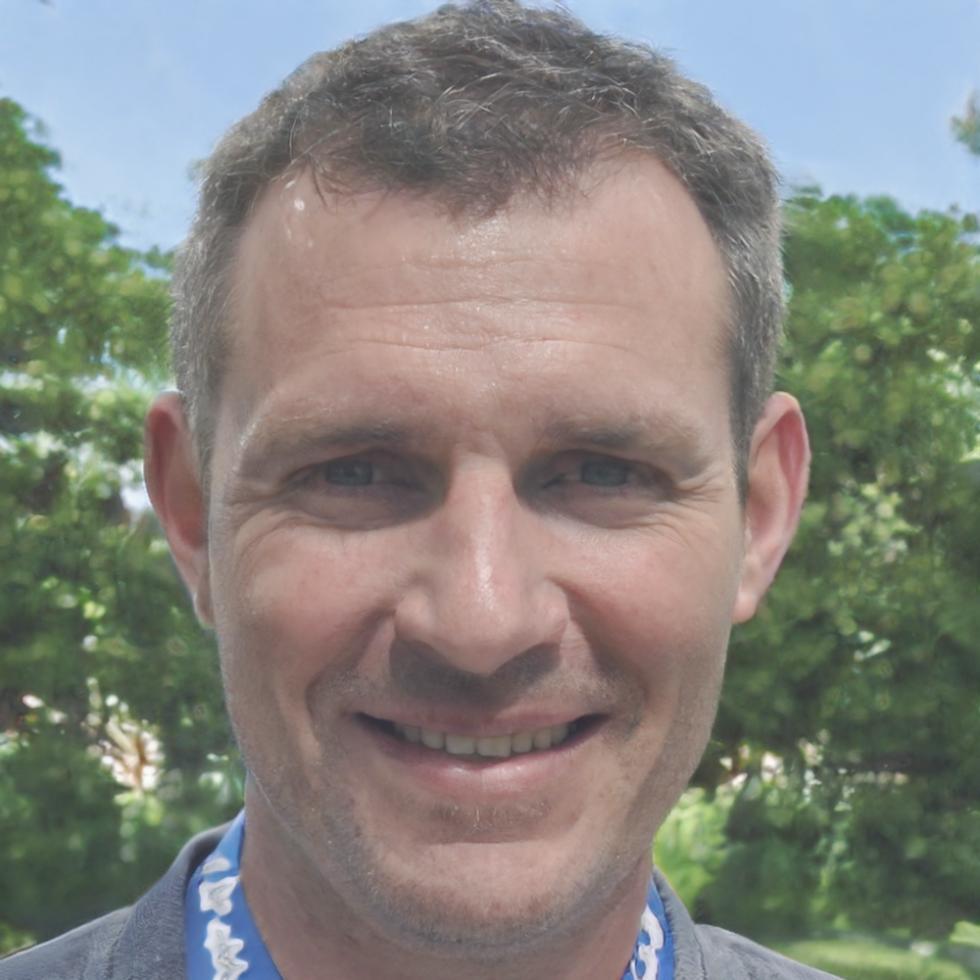Financial Analysis Mastery Program
Learn practical liquidity and solvency analysis techniques through real business scenarios. Our program starts in September 2025 and runs for eight months. You'll work with actual financial data and build skills companies need right now.
We don't promise overnight expertise or guaranteed positions. But we do teach you methods that work—methods our instructors use when consulting with Manila-based businesses and international clients.
Financial Foundations
Start with balance sheets, income statements, and cash flow basics. You'll analyze three real company reports in your first month and understand what numbers actually reveal about business health.
Liquidity Assessment
Master current ratios, quick ratios, and working capital analysis. We focus on spotting early warning signs—the kind that help businesses avoid cash crunches before they happen.
Solvency Evaluation
Dive into debt ratios, interest coverage, and long-term financial stability. Learn techniques for evaluating whether companies can weather economic downturns and meet future obligations.
What You'll Actually Learn
Our curriculum emerged from working with Philippine businesses facing real financial challenges. Over three years, we noticed patterns—the same questions kept coming up, the same mistakes kept happening.
So we built a program around those patterns. You'll learn to read financial statements the way lenders do, spot liquidity problems before they become crises, and explain complex ratios in terms business owners understand.
- Analyze three complete sets of financial statements from different industries
- Build liquidity models that forecast cash positions three to six months ahead
- Create solvency reports that clearly communicate financial risk to stakeholders
- Use ratio analysis to compare companies and identify sector-specific patterns
- Present findings in formats that work for both technical and non-technical audiences
Classes meet twice weekly online, with additional office hours on Saturdays. Expect to spend 10-12 hours per week on coursework, including practical exercises and case studies.

Your Instructors
Both instructors currently work as financial consultants. They'll teach you methods they use when advising clients—not theoretical approaches from outdated textbooks.

Ernesto Villanueva
Lead Instructor - Liquidity AnalysisErnesto spent seven years analyzing liquidity for mid-sized Philippine manufacturers before switching to teaching. He specializes in helping businesses predict cash flow problems and has developed forecasting models used by companies across Southeast Asia.

Roland Mercado
Senior Instructor - Solvency AssessmentRoland works with banks and lending institutions to evaluate borrower solvency. His practical experience includes assessing over 200 companies for loan applications, giving him insight into what financial metrics really matter to decision-makers.
Program Timeline
Application
Submit your application by June 30, 2025. We review applications on a rolling basis and typically respond within one week.
Interview
Brief video call to discuss your goals and ensure the program matches your needs. This takes about 20 minutes and helps us both make better decisions.
Enrollment
Complete enrollment by August 15, 2025. You'll receive access to pre-course materials and our student platform three weeks before the first class.
Start Learning
Classes begin September 1, 2025. The program runs through April 2026, with a two-week break in December for holidays.

How Classes Actually Work
Tuesday and Thursday evenings from 7:00 PM to 9:30 PM Manila time. Each session combines lecture, discussion, and hands-on analysis. We keep groups small—no more than 18 students—so everyone gets attention.
You'll need basic Excel skills and comfort with numbers, but we don't expect accounting degrees or finance backgrounds. About half our students come from non-finance roles and do just fine.
Most assignments involve analyzing real company data. One week you might evaluate a retail chain's liquidity position. The next, you could be assessing whether a manufacturing company can handle additional debt. These aren't made-up scenarios—they're based on actual cases our instructors encountered.
Saturday office hours run from 2:00 PM to 4:00 PM. Attendance is optional but helpful when you're stuck on assignments or want feedback on your analysis approach. About 60% of students show up regularly.